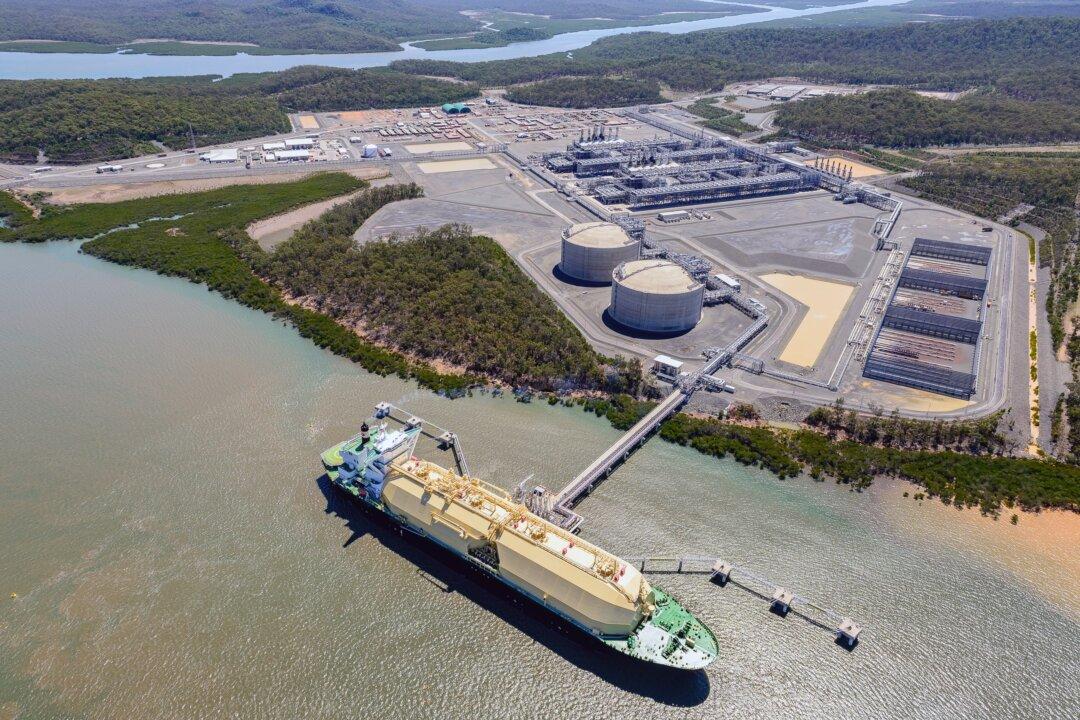Australian Prime Minister Anthony Albanese is set to work closely with gas companies to address supply issues after an energy report predicts a gas shortfall in 2023 if exporters send all excess gas overseas.
Albanese on Tuesday stressed the importance of ensuring a consistent flow of domestic supply as the government revealed plans to invoke a gas trigger mechanism from next year until January 2030.




